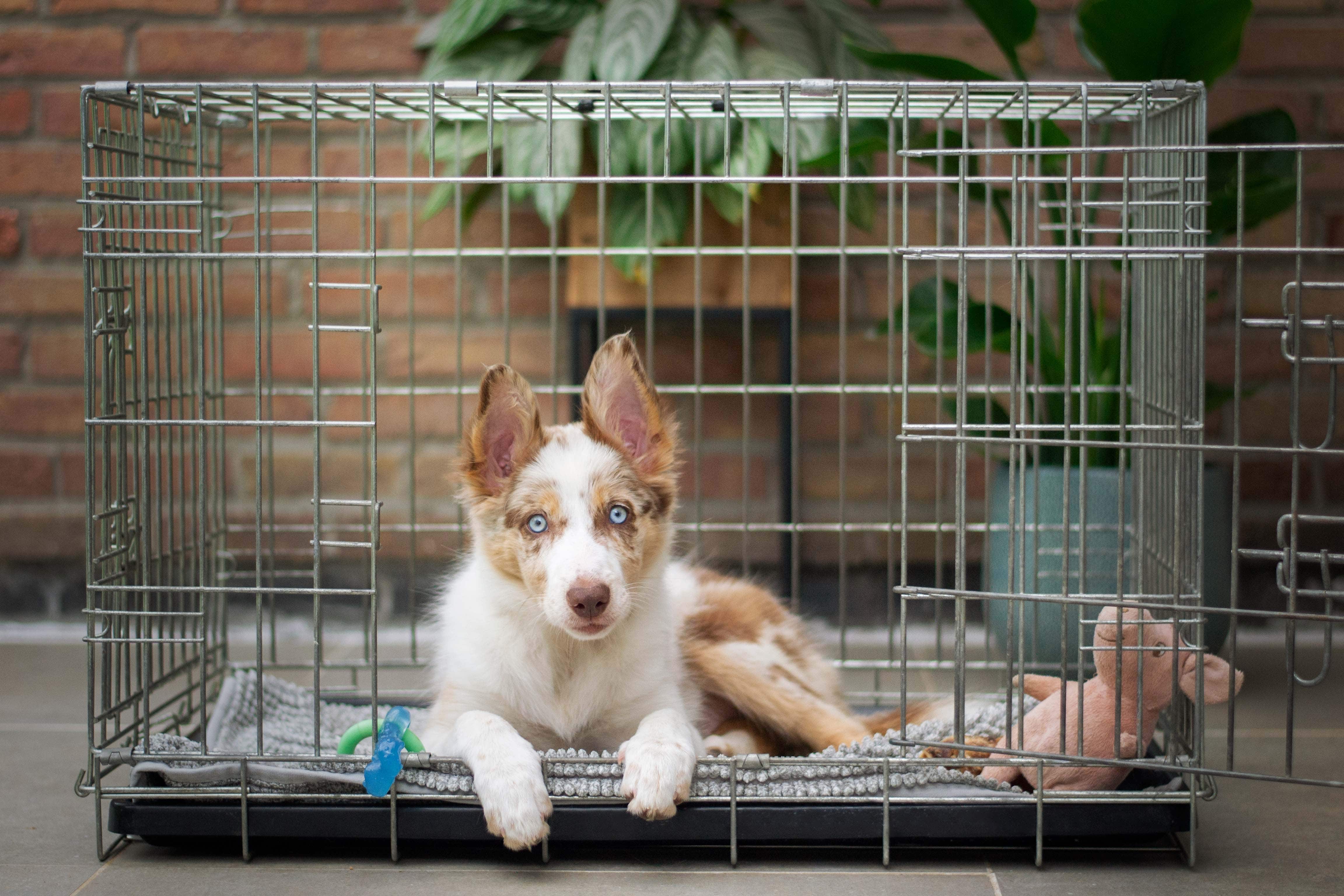Have you ever come home to find your favorite shoes chewed up or your furniture mysteriously torn apart? If your answer is yes, then it might be time to consider crate training your beloved furry friend. Crate training can be an incredibly useful tool to create a safe and peaceful environment for both you and your dog. In this article, we will guide you through the entire process, step-by-step, to help you successfully crate train your pup.
Step 1: Introducing the Crate
The first step is to introduce your dog to the crate in a positive and gentle manner. Place the crate in an area where your dog spends most of its time, such as the living room. Keep the door open and lay a comfy blanket or dog bed inside to make it inviting. Sprinkle some treats or a favorite toy inside to create positive associations.
Step 2: Encouraging Exploration
To encourage your dog to explore the crate, make it a happy place. You can try feeding your pup near the crate or tossing treats inside to promote curiosity. As your dog becomes comfortable and starts going in and out voluntarily, praise and reward them with treats and affection.
Step 3: Mealtime in the Crate
When your dog is comfortable entering the crate, it’s time to introduce having meals inside. Start by placing your dog’s food bowl at the entrance of the crate, then gradually move it towards the back. Over time, your dog will associate the crate with something positive, like delicious meals.
Step 4: Closing the Door
Once your dog is comfortably eating inside the crate, begin closing the door while they eat. Stay nearby and offer reassurance and praise. Gradually increase the duration of door closure, starting with a few seconds and gradually extending to several minutes. Remember to always reward good behavior with treats and comforting words.
Step 5: Leaving the Room
To help your dog adjust to being alone in the crate, start leaving the room for short periods. Begin with just a few seconds, then gradually increase the time. Always return calmly and avoid making a fuss when you reenter the room. This will teach your dog that crate time is normal and safe.
Step 6: Overnight Crating
Once your dog feels comfortable with the previous steps, you can start crate training during the night. Place the crate in your bedroom for the first few nights to provide a sense of security. As they adapt, slowly move the crate to the desired location. Remember to make the crate cozy and inviting with soft bedding.
Useful Tips for Successful Crate Training:
– Patience is key. Every dog is different, and some may take longer to adjust than others. Don’t rush the process and always keep a positive attitude.
– Never use the crate as a form of punishment. It should be a safe haven for your dog, not a place associated with negative experiences.
– Make the crate comfortable. Adding blankets, toys, or even a shirt with your scent will help your pup feel secure.
– Establish a consistent routine. Dogs thrive on routine, so try to stick to a schedule for meals, potty breaks, and crate time.
– Gradually increase crate time. Start with short increments and gradually extend them to avoid overwhelming your dog.
– Avoid letting your dog out of the crate when they are whining or barking. This encourages attention-seeking behavior. Instead, only release them when they are calm and quiet.
With a bit of patience and consistent training, your dog will come to love their crate as their sanctuary. Crate training can provide a peaceful home environment and help prevent destructive behavior. Remember, the crate should never be used as a substitute for quality time with your furry friend. Spend plenty of time outside the crate engaging in fun activities and showering them with love and attention. Happy crate training!
